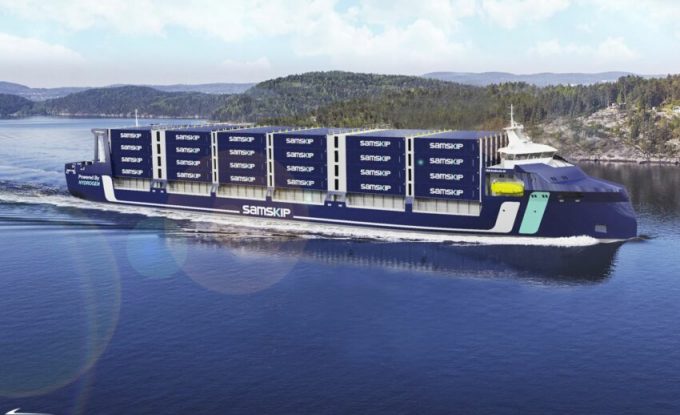Tradelanes: Export boom in Indian sub-continent triggers rise in airfreight rates
Interest in charters and freighters is high from the sub-continent, where demand is “surging” according ...

Samskip’s decision to commission Cochin Shipyard in India to construct its two hydrogen-fuelled feeder vessels will see much of the steel used recycled from India’s large ship-scrapping sector.
Co-funded by Norway’s ENOVA, the 730 teu vessels, able to carry 45ft intermodal containers, are designed to operate ...

Comment on this article